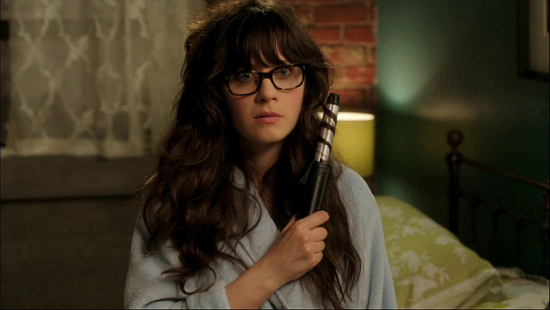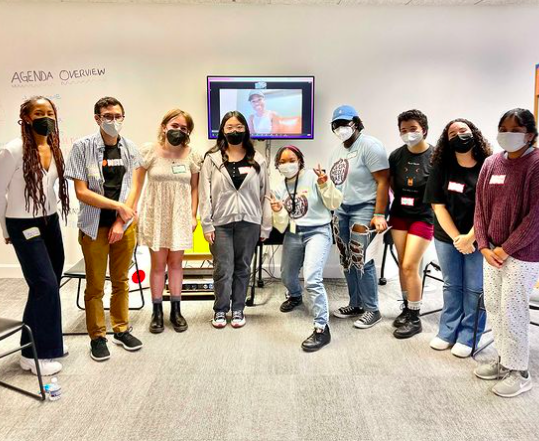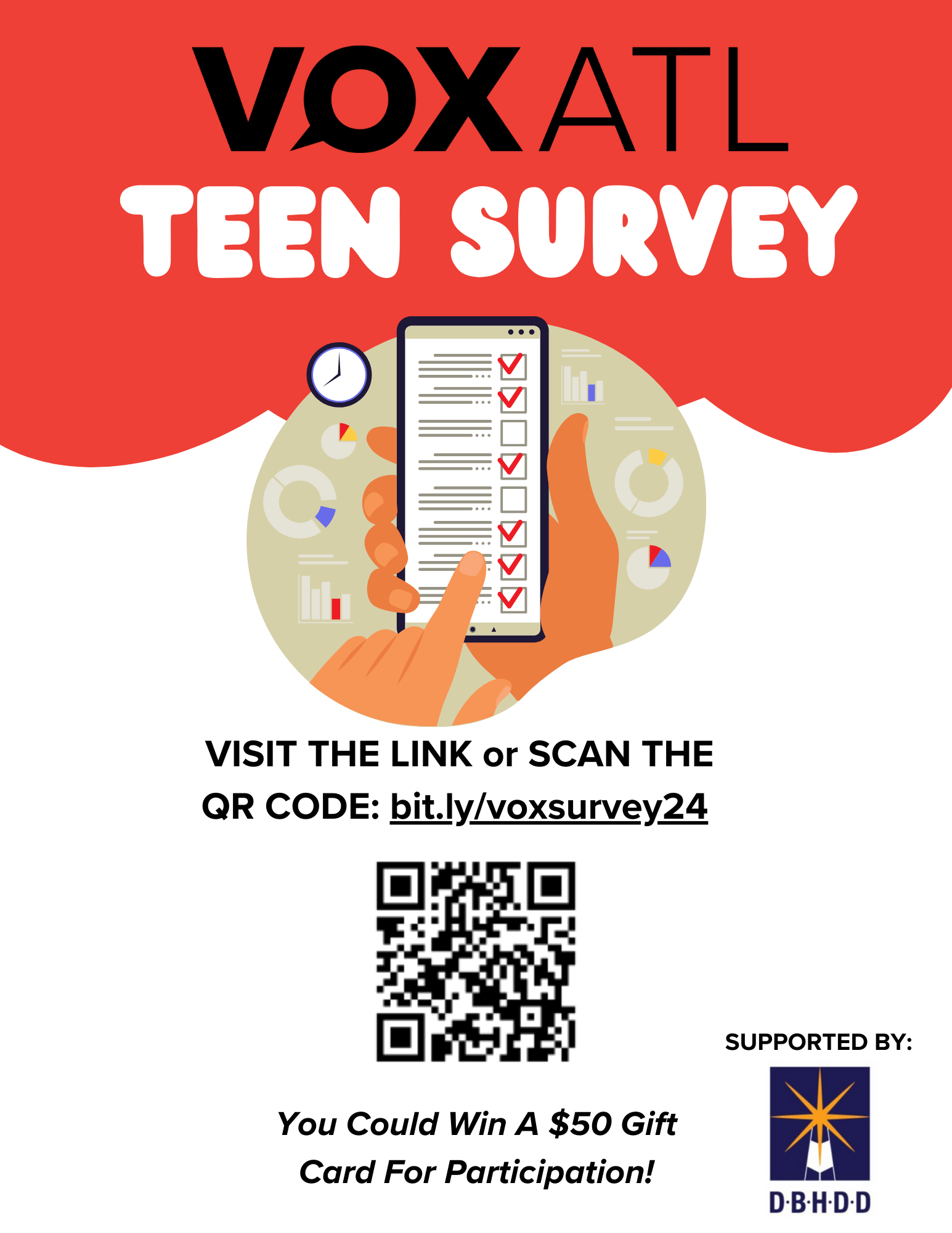She’s bubbly and bouncy, full of hope and romanticism. She lives her life in the sunlight, finding beauty unconventionally, artfully, and insists often that your boring, normal self do the same. Who is she? A manic pixie dream girl!
A Manic Pixie Dream Girl (MPDG) is an archetype in fiction that, as coined by A.V. Club film critic Nathan Rabin in his essay assessment of director Cameron Crowe’s 2005 big screen romantic comedy “Elizabethtown,” is “that bubbly, shallow cinematic creature that exists solely in the fevered imaginations of sensitive writer-directors to teach broodingly soulful young men to embrace life.”
Basically, she teaches the more normal, downtrodden character how to live their life in any way they see fit without having any particular goals of their own. Examples of classic MPDG’s include Claire Colburn of “Elizabethtown” and Sam from writer/director/actor Zach Braff 2004’s “Garden State.” This is what Jesse from the Fox sitcom “New Girl” thinks she is, and what Margo Roth Spiegelman from the 2015 film and young adult novel “Paper Towns” definitely is. They all are hyper, excitable, quirky young women with a passion for life.
But how do you spot a Manic Pixie Dream Girl?
The personal characteristics mention quirkiness, intelligence and manic-ness. But these traits can be found in any woman. The physical characteristics of a manic pixie dream girl are more easily identifiable. They are usually Caucasians with blonde or brunette hair, and an oddly coordinated fashion sense. The main way you can tell the difference between an MPDG and a quirky love interest is if the contrast between the characters is extremely evident. The MPDG will be insightful, creative, and always have deeply philosophical things to say. They are usually foils (direct counterparts) to the more brooding character.
And sometimes, they aren’t always girls. Yes, you heard right. There are Manic Pixie Dream Guys! For instance, Augustus Waters from the novel “The Fault In Our Stars” is a Manic Pixie Dream Guy because he’s funny, insightful, charming, charismatic and has no other goal except getting the female protagonist to appreciate her life and follow her dreams. Another lesser known MPDG would be Jack Dawson, Leonardo DiCaprio’s generous yet poor artist who stows away in the 1997 big screen blockbuster “Titanic.” 
But there is controversy surrounding both archetypes. Some may view these portrayals of women as immature and misogynistic, given that the only goal of the MPDG is to essentially help that brooding boy become a vibrant young man. In turn, the carefree young man is actually a stunted, careless, selfish youth hopelessly devoted to his love interest instead of the responsible man he’s supposed to be.
The Manic Pixie Dream Girl is not as perfect as the dream suggests. They are all inherently flawed in some way. Some exchange the “manic pixie” for “manic depressive.” Those endearing flaws in Manic Pixies could easily be neuroticism, selfishness and a disconnect with reality. This is where their foil comes in. A lot of times, the Manic Pixie needs fixing as well, though they have no internal goals. Often she needs some sort of attention, and is very good at attracting it. After all, what is a Manic Pixie if no one is around to hear them live?
I love the MPDG archetype because these characters provide the spark in a work of art. They are deceptively beautiful, but it’s a good kind of deception — sort of like the illusion of a magic trick. Colors and lights are brighter, and the people around them become something more than who they are for a moment. An MPDG may take interest in their foil simply because they see their more normal counterparts as fascinating and as awe-inducing as we see them. I love the magic-without-magic that they bring to the table. Everything is so much more with them around, and they reveal to you what’s been in front of your face all along.
Although Nathan Rabin is now cursing his invented phrase with a fiery passion (he even wrote a 2014 column for Salon titled, “I’m Sorry For Coining The Phrase MPDG,” the Manic Pixie Dream Girl has become a much loved archetype lifting the hearts of many a brooding soul.
Catherine Boyd, 19, loves to eat Chinese food, read sci-fi novels and stare broodingly out her window.




